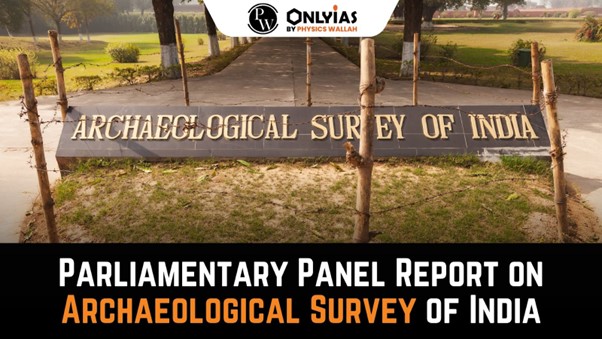![]() 3 Oct 2023
3 Oct 2023

About the Parliamentary Committee:
|
|---|
Also read: Parliamentary Panel Report on ASI
Archaeological Survey of India (ASI):
National Monuments Authority (NMA):
Criteria for Declaration as Monuments of National Importance:
Framework regarding protection of monuments:
|
|---|
About Adopt a Heritage scheme:
Monument Mitras:
|
|---|
| Attempt the PY Prelims Question:
With reference to Indian History, Alexander Rea, A. H. Longhurst, Robert Sewell, James Burgess and Walter Elliot were associated with (2023) (a) archaeological excavations (b) establishment of English Press in Colonial India (c) establishment of Churches in Princely States d) construction of railways in Colonial India Answer – A |
|---|

<div class="new-fform">
</div>